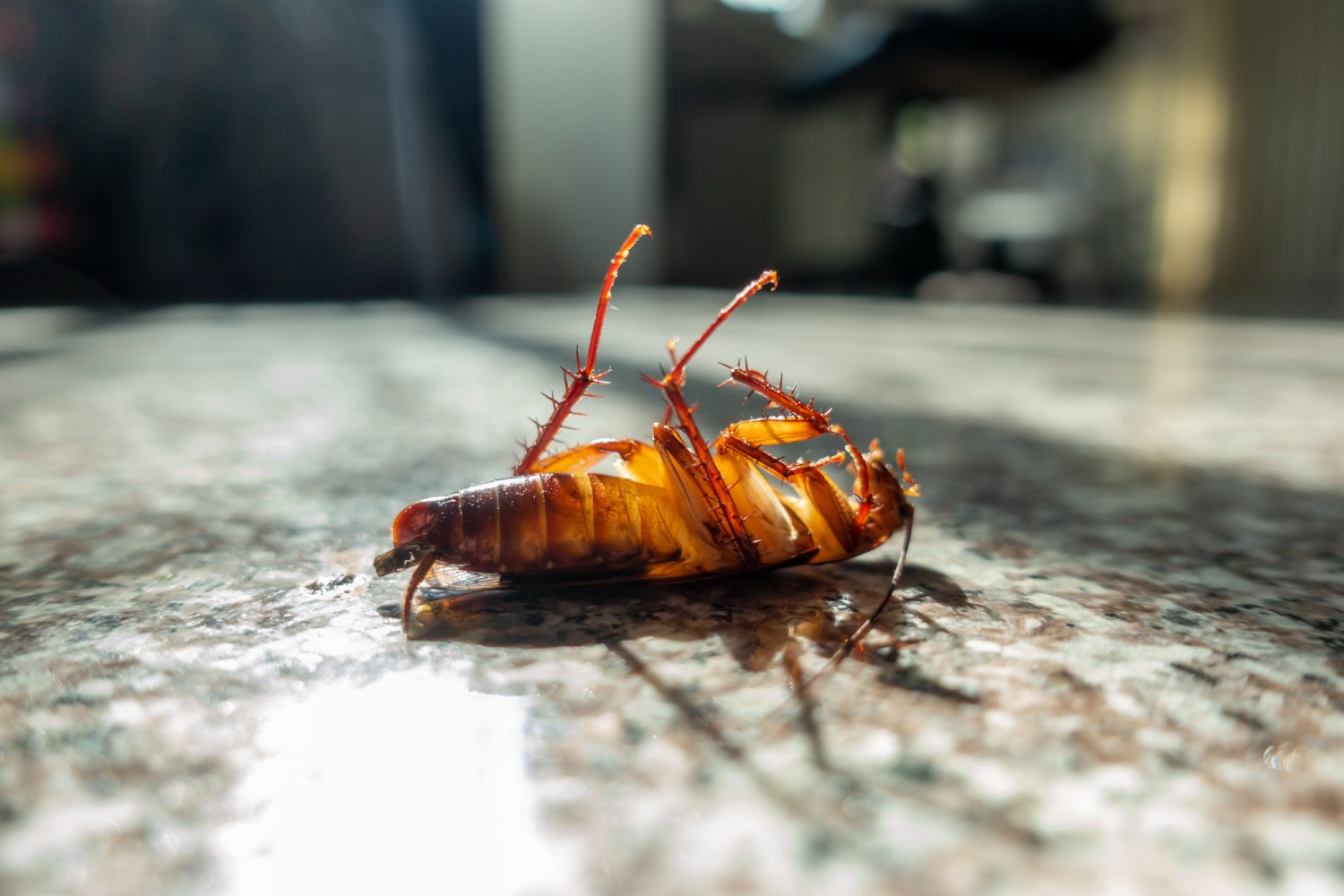What Attracts Cockroaches to Your Home?
As with many other insects, cockroaches are drawn primarily to food. It is often assumed they are only drawn to messy environments, but even cleaner homes can be infested with cockroaches. Due to their keen sense of smell, cockroaches are attracted to:
• Messy stove tops
• Unswept floors
• Pet food
• Dirty dishes
• Trash
• Leaky pipes
Additionally, cockroaches are attracted to an odor released by other dead cockroaches. When cockroaches die, they release oleic acid which has a very distinct smell. Living cockroaches are drawn to the oleic acid and will flock to the specific area making it important to clean up areas where dead cockroaches might lay.
Cockroaches as Disease Carriers
While cockroaches are not known for causing large disease outbreaks, they are capable of spreading bacteria, such as salmonella, in homes. Diseases are transmitted when cockroach droppings and vomit come into contact with food. Cockroaches can run nearly three miles an hour making them difficult to catch and aiding in their ability to rapidly spread disease causing bacteria throughout your home.
In addition to spreading disease, cockroaches can trigger allergies and asthma in humans. Cockroaches shed body parts remaining on surfaces similar to dust. This dust has been shown to cause both allergies and asthma when inhaled.
Common Species of Cockroaches
There are over 4,500 species of cockroaches in the world. Three species homeowners mostly come in contact with are:
• American Cockroaches
• German Cockroaches
• Oriental Cockroaches
American Cockroaches are the most common of the three. They are distinguishable by their brown color and wings. They rarely fly and can reach 2 inches in length while living up to a year and a half. Female American Cockroaches are capable of laying over 800 eggs in their lifetime. Once they create their egg cases, they use saliva to adhere the case to the floor in mostly dark enclosed spaces.
German Cockroaches are known as one of the most harmful species of cockroaches due to their strong attraction to human food and ability to spread disease. They are especially drawn to restaurant kitchens and food preparation areas. When left unattended, the cockroaches will run across the large quantities of food potentially spreading diseases as they travel. They are small in stature and only reach about half an inch in length. Due to their smaller size, German Cockroaches often go unnoticed and can be accidentally transported via carry-out food orders. Unlike their American Cockroach counterparts, female German Cockroaches will carry their egg cases right up until they hatch.
Oriental Cockroaches can be distinguished by their shorter wings that do not completely cover their abdomen. They are typically referred to as one of the most repulsive species of cockroaches because of their odor. Oriental Cockroaches are drawn to moisture and are typically found near leaky pipes, in sewers, and in basements. At their prime, they reach about an inch and a half in length. They are known for being slow moving and have the shortest lifespan out of the three common species.
How to Get Rid of Cockroaches
Since cockroaches are nocturnal creatures, they are rarely seen by humans. If you spot one in your home, there are likely more cockroaches in hiding. Cockroaches are not easy to kill as they can survive without their head for over a week and can hold their breath underwater for up to 40 minutes. Some at home remedies for ridding your home of cockroaches include:
Peppermint Oil
While cockroaches are drawn to many odors, there are also some that can deter them. They have a strong aversion to peppermint oil. While this won’t kill an infestation, it could potentially drive them away while using a more safe and nontoxic solution.
Insecticides
Cockroach insecticides come in three forms: residual, non residual, and dust. As the name suggests, residual insecticides leave a toxic residue when sprayed. These should usually only be sprayed on points of entry and in dark secluded spaces where they dwell. Non Residual sprays are meant to be sprayed directly onto cockroaches and can be used to flush them out from their hiding places. Insecticide dusts are perhaps the safest and most effective out of the three. Boric acid is an option used for insecticide dust. It is also simple to use and requires you to place the dust in the perceived cockroach hiding place. This is not an immediate solution and may take several weeks to really notice a difference.
Baits
A bait is commonly used for areas, such as kitchens, where insecticides cannot be used. Bait stations are loaded with a sweet substance mixed with an insecticide. The cockroaches are drawn to the substance and unknowingly ingest the poison. In order for baits to be effective, there should be no other detectable food source nearby.
Need Professional Help?
If you have tried these solutions and you are still unable to get rid of your cockroach problem, please give the number at the top of the page a call to get connected to a local pest professional in your area. We do not want your house and family to continue dealing with the current pest and want to find ways to protect your home in the future.

